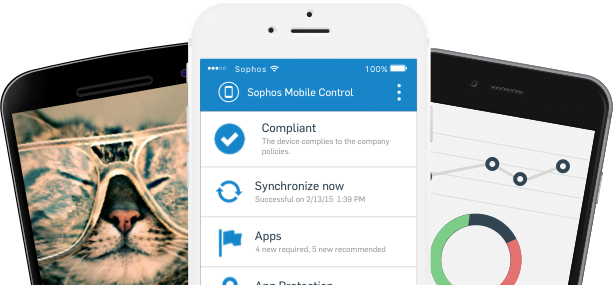Deciding that a system is needed to manage corporate mobile devices is easy. Finding the best mobile device management system is not unless the business representative knows what to look for when comparison-shopping. With so many different systems available, it is easy to make the wrong choice when lacking experience in this area. To invest in a worthwhile one, learn about the many factors to consider when shopping for a new mobile management system.

Systemizing the Procurement Process
A good mobile management system begins by streamlining the procurement process. Users see the hardware available to them, which maintains a consistent asset base within the company. A streamlined ordering process quickly puts the right mobile devices into the hands of users. The program administrator specifies the sources of hardware and the steps in the approval process. This process is then automated and can accommodate internal procedures like purchase order tracking.
Managing relationships with multiple providers and carriers should be simplified by using this system. The administrator should have the ability to control, and process fulfillment of orders and the relevant information should be maintained by the system for later review and assessment. Bottlenecks are prevented when the system features a point-and-click process for device and plan approval. A good system should provide fulfillment services from various vendors for the majority of mobile carriers.
Expense Management and Analytics
The desire to manage expenses is one of the main reasons companies begin using one of these systems. Expense management is made simpler when data is centrally located, resulting in one place to access all communication costs for all accounts, locations, and carriers. This simplifies both tasks, like knowing when contracts are due and strategic tasks such as forecasting and budgeting. Data should also be segregated to align with the business’s goals, making it easier for users to identify shortfalls.
Identifying opportunities for mobile communication savings is easier when information workers can recognize changes in usage patterns. Through alerts, a system can notify the administrator of user changes, helping to optimize communication expenses. Information workers can use this information to make changes to devices or plans for calling or data. By customizing cost allocations for future users, businesses can ensure each worker’s most effective mobile device spending.
Managing the Mobile Lifecycle
Device management responsibilities do not end when the devices are distributed. Everyone within the organization should take responsibility for the mobile device budget. A system with an employee portal makes this possible. Device users can quickly see their usage and related costs, making them more aware of how their actions affect the corporate bottom line.
Related Articles :
- Mobile devices designed to track employees
- Windows Mobile Operating System Courier Software
- Carry Your Mobile With International SIM As an Alternative to Roaming
- The History of the Operating System
- 9 Tips For Optimizing Your Blog For Mobile Devices
The cost and sophistication of mobile devices have made it more important for a mobile device management system to focus on lifecycle management. The system should enable information workers to follow the lifecycle of each mobile device from acquisition to replacement. This enables more accurate forecasting of hardware costs, improved efficiencies in timelines, and the ability to take advantage of new mobile technologies.
A mobile device management system can and will help improve the effectiveness of your mobile devices. If you are unsure how to select programming or help get your mobile device management organized, contact Tele-Watch.com. For more information and available services, please visit our website today.
